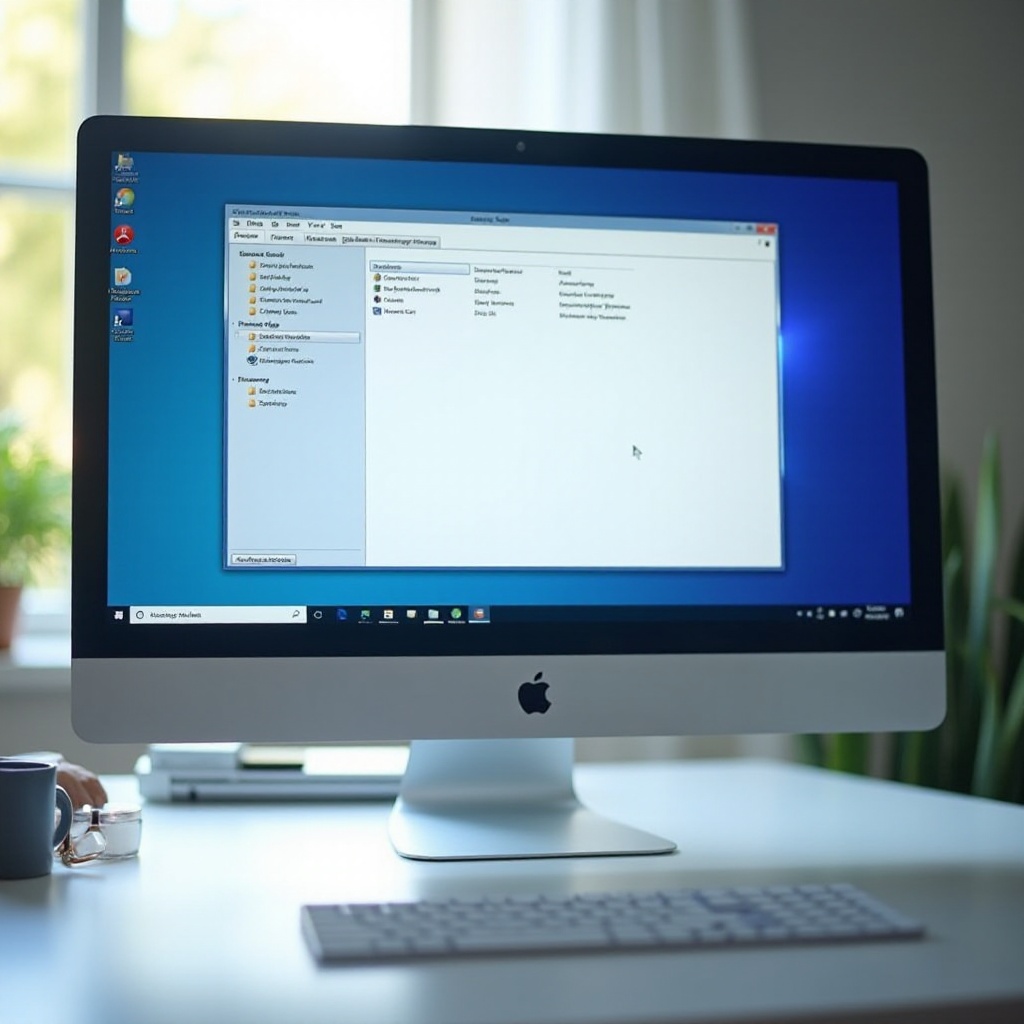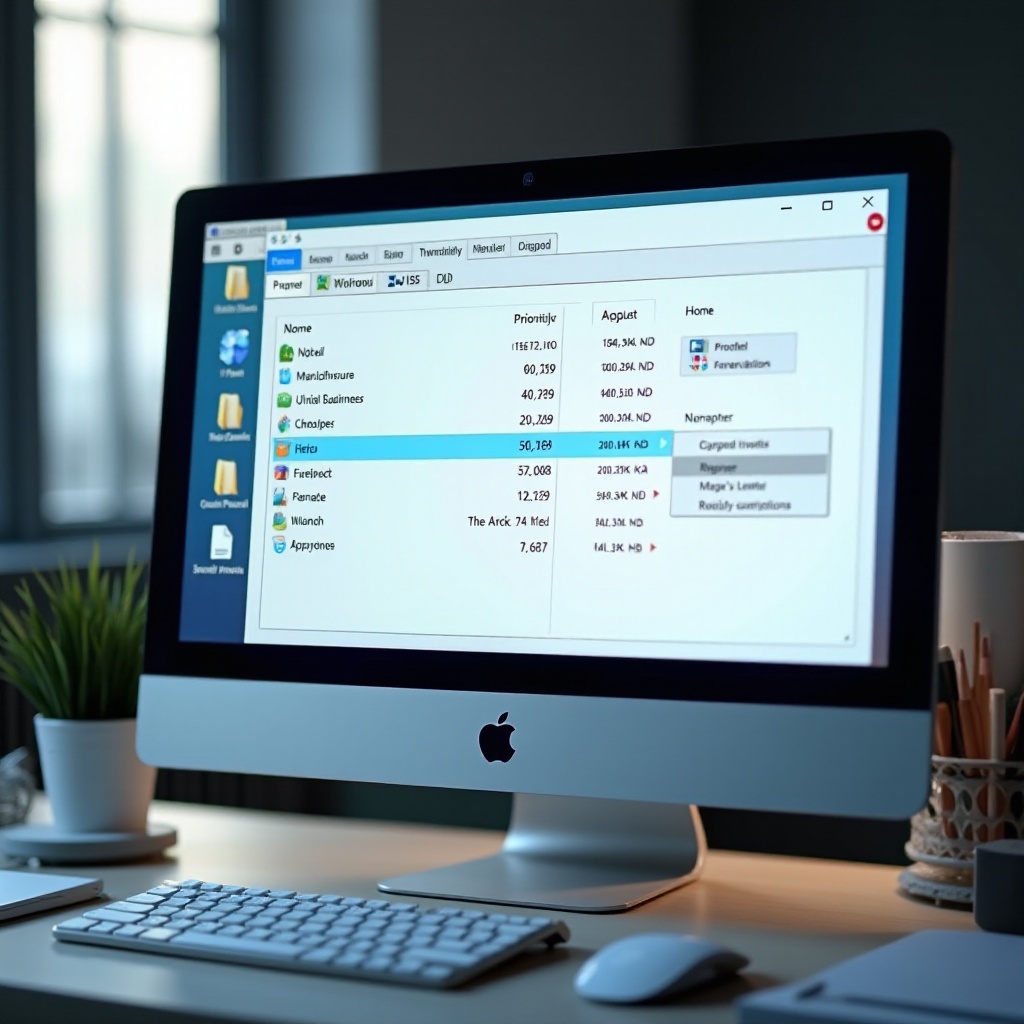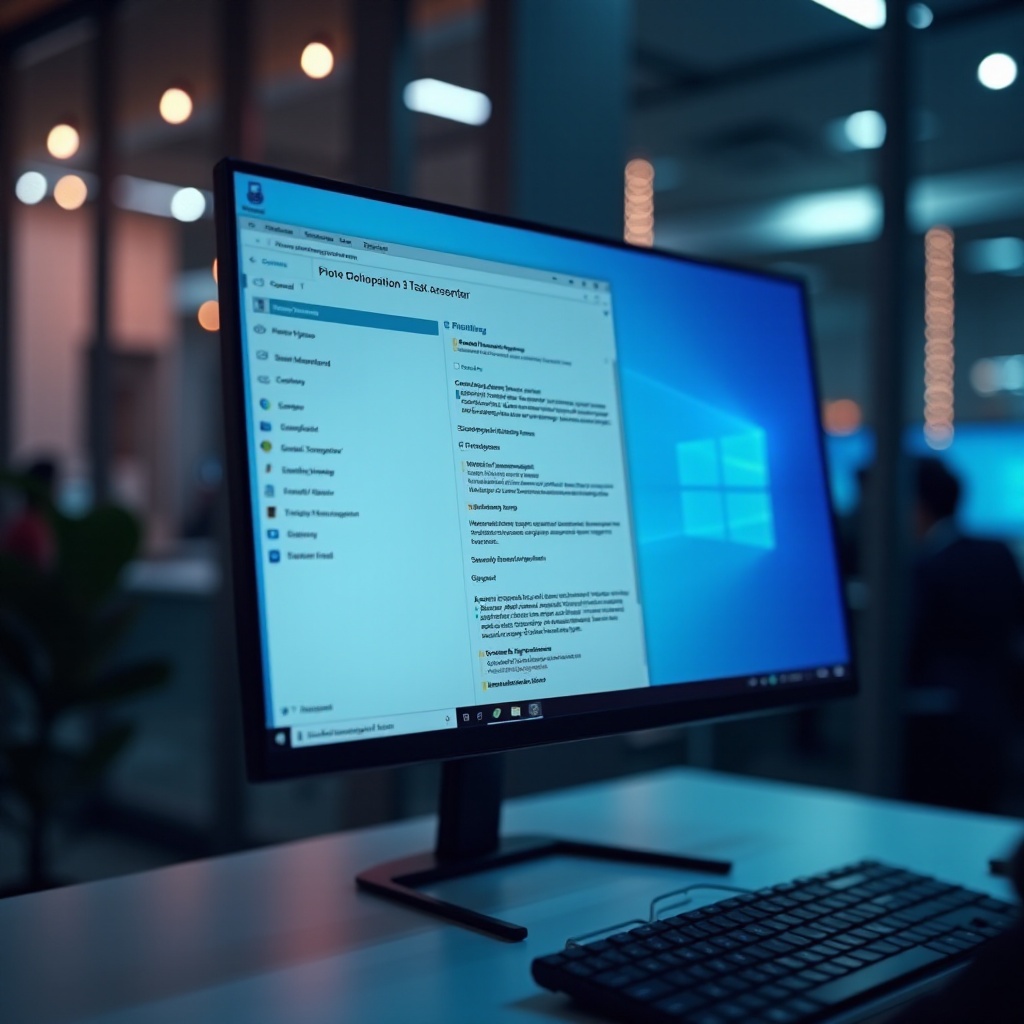Task Manager: Mastering Priority Settings in Windows 11
Introduction
Managing system performance in Windows 11 is key to a smooth computing experience, and Task Manager is your primary tool for this task. By understanding how to effectively allocate resources to various applications, you can significantly enhance your computer’s speed and responsiveness. This is essential when handling multiple programs simultaneously or working on devices with limited hardware capabilities. Setting task priorities properly can optimize system efficiency and minimize performance lags.
Navigating Task Manager proficiently and grasping how to use prioritization will greatly enhance your system management capabilities. In this guide, we’ll explore setting task priorities, the effects of these settings, and the best practices to follow. By the end, you will be equipped with the knowledge to maintain optimal system performance with confidence.

Understanding Task Manager in Windows 11
Task Manager acts as the central hub for managing processes, applications, and system performance in Windows 11. It provides a comprehensive overview of what’s running on your system and how resources like CPU, memory, and network bandwidth are being used. Having this visibility allows you to make informed decisions about resource allocation.
A key feature is its ability to identify processes that are resource-intensive. This information is crucial for optimizing system performance, ensuring that important applications receive sufficient resources while suppressing unnecessary background activities. Gaining this understanding will enhance your ability to manage system resources effectively.
Navigating the Task Manager: A Step-by-Step Guide
To harness Task Manager’s full potential, you need to be familiar with its interface and functions.
- Accessing Task Manager:
- Right-click on the Start button in the taskbar.
-
Select ‘Task Manager’ from the context menu, or press Ctrl + Shift + Esc.
-
Understanding the Tabs:
- Processes: Lists all running applications and background processes.
- Performance: Shows real-time data on CPU, Memory, Disk, and Network usage.
- App history: Details past CPU and network usage by applications.
- Start-up: Lets you enable or disable programs that launch on startup.
- Users: Displays resource usage by different user accounts.
- Details: Provides detailed information about each process.
Familiarity with these tabs ensures a thorough understanding of your system’s operation, setting the stage for effective task prioritization.
How to Set Task Priorities in Windows 11
Setting task priorities adjusts how Windows allocates resources to processes.
- Open Task Manager: Use the methods described earlier.
- Navigate to the Details Tab: This area allows you to adjust process priorities.
- Locate the Process: Find the process you wish to change.
- Right-Click Process: A menu with the ‘Set priority’ option will appear.
- Select Priority Level: Choose from Realtime, High, Above Normal, Normal, Below Normal, or Low.
Once you’ve set the priority, Windows will adjust the process’s access to resources, optimizing performance based on your preferences.
The Impact of Priority Levels on System Performance
Priority levels influence how CPU resources are distributed among processes.
Processes with higher priority receive more CPU time, which can speed them up at the cost of others. Conversely, setting a process to a lower priority may slow it down but free up CPU time for more critical tasks. Mismanagement of these settings can result in system sluggishness if a non-essential task monopolizes resources. Understanding the significance of each priority level is crucial for maintaining efficient system operations.

Best Practices for Task Prioritization
Implement smart prioritization strategies to maintain optimal system performance.
Identifying Which Processes to Prioritize
- Critical Applications: These include apps you are actively using, such as video editors or high-demand games.
- System Processes: These are essential for OS operations. Alter only with good reason.
- Background Services: Generally set to lower priority unless vital for ongoing tasks.
Common Mistakes to Avoid
- Over-prioritizing Non-Critical Tasks: This can hinder performance of important applications.
- Neglecting System Processes: Altering these may cause system instability.
Situations to Avoid Changing Default Priorities
Keep default settings when the system is functioning well. Indiscriminate changes can provoke unexpected system behavior and degrade performance. Alter priorities only when necessary to address specific issues.
Troubleshooting Common Issues with Task Prioritization
If setting task priorities causes problems, try these solutions:
- Revert to Standard Priority: Restore altered processes to ‘Normal’ priority if issues arise.
- Examine System Resource Use: Watch for processes that drain CPU or memory without justification.
- Restart Your Computer: Often an effective fix for persistent bugs.
If you can’t change priorities, verify your administrative privileges.

Additional Resources for Managing Task Priorities
Increasing your knowledge with further resources can improve your task management skills.
- Microsoft Support: Provides detailed guidance on managing tasks.
- Community Forums: Platforms like Stack Overflow offer community-driven solutions.
- YouTube Tutorials: These can offer helpful visual guides for learning.
Using these resources effectively will enhance your ability to manage task priorities efficiently.
Conclusion
Mastering the art of task prioritization in Windows 11 through Task Manager can greatly boost your system’s efficiency. Implementing the right strategies ensures that crucial tasks get the necessary resources, maintaining a balanced performance across all applications. By following the techniques detailed in this guide, you can expect a more responsive and well-managed computing experience.
Frequently Asked Questions
How do you prioritize startup programs in Windows 11?
To manage startup programs, go to Task Manager, click the ‘Startup’ tab, and adjust the startup impact by enabling or disabling applications.
Can changing task priorities harm my computer?
Altering priorities typically does not harm your computer, provided changes are made cautiously, focusing on system stability and resource availability.
What should I do if Task Manager doesn’t allow priority changes?
Ensure you have administrative rights. If the issue persists, restart the system or update Windows 11 for resolution.
